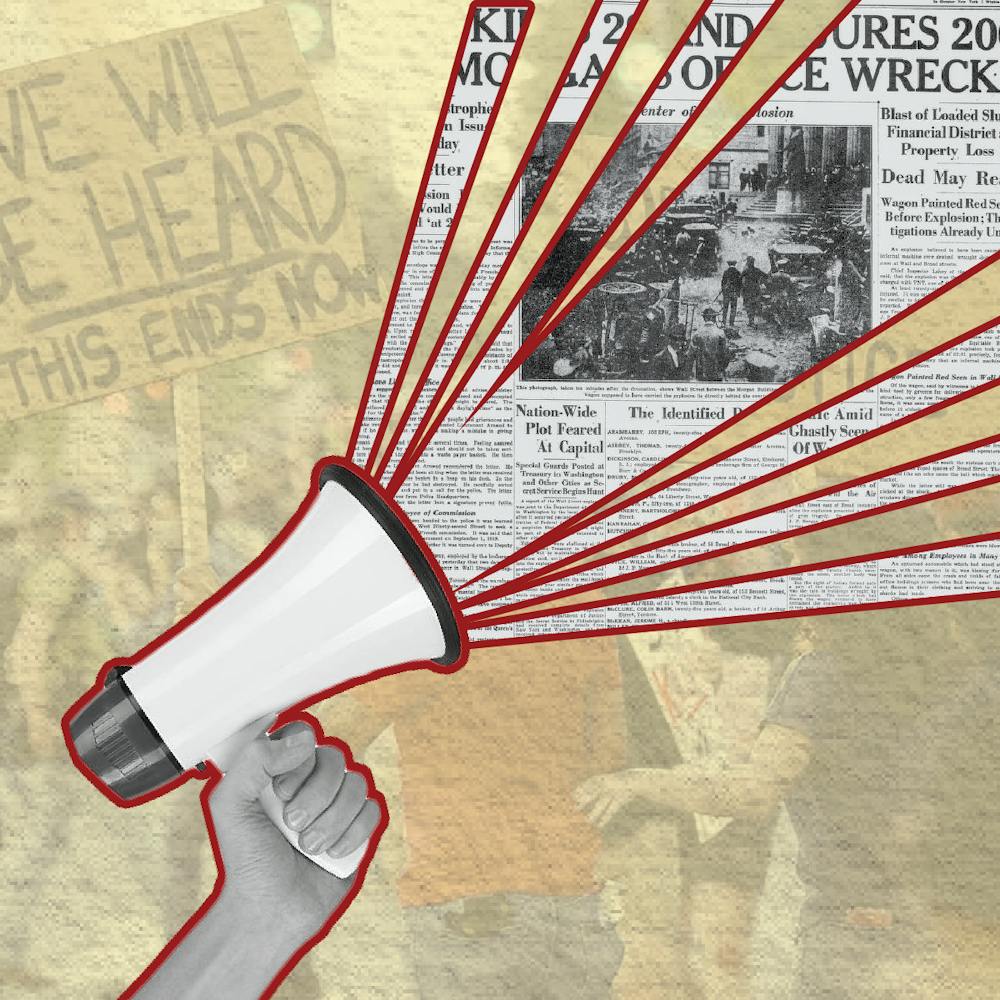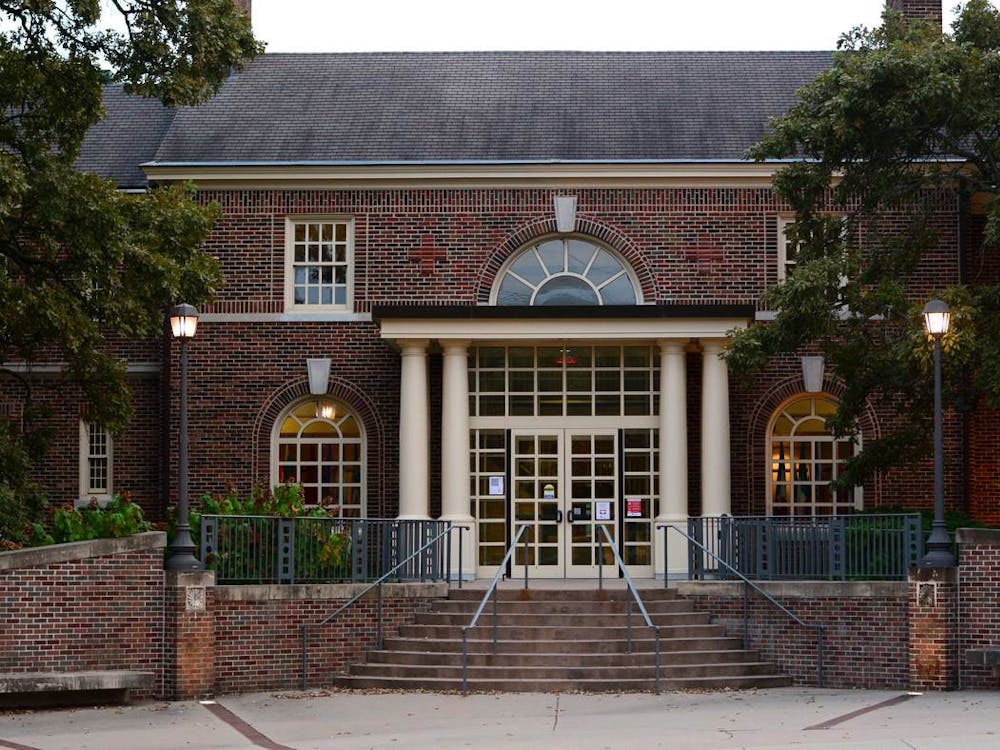Last spring, protests on college campuses across the country generated rounds of headlines as universities grappled with how to appease student protesters and end the encampments on their academic quads. The demonstrations were largely led by college students showcasing their indignation with the United States’ role in the Israel-Hamas war.
Among the protesters’ primary demands were for their respective universities to make public statements condemning America’s role in the conflict and universities to ‘divest’ from any firms with business ties to Israel.
The protests stirred palpable tension among the public and left Americans divided over their government’s involvement in the conflict.
Tensions reached their highest points in the last week of April 2024 after counter-protesters at the University of California, Los Angeles (UCLA) demonstration attacked a group of pro-Palestine protesters. At Columbia University, police stormed a building occupied by protesters after nearly two weeks of heated discourse between students and administrators.
Universities took varying steps to quell demonstrations. Some schools doled out suspensions and expulsions to protesting students, and others, including UCLA and Columbia, called in support from local police departments, a move that drew heated scrutiny.
Miami University, with its relatively small encampment in May, didn’t employ such extreme measures. The university’s initial May 3 statement outlined student safety as its “top priority,” guiding university decisions before the encampment ended on May 9.
The high-profile protests across the nation led many to recall past periods of national angst marked by widespread protests, with many drawing parallels to the anti-war protests of the 1960s. Several history and political science professors at Miami contextualized the Palestine protests of last spring.
The Free Speech Movement
“I think it’s interesting to compare the current campus protests to the Free Speech Movement at [The University of California] Berkeley, which took place from 1964 to 1965,” history professor Brian Danoff wrote in an email to The Miami Student. “The Free Speech Movement started when the university tried to ban students from engaging in political advocacy on campus.”
The implementation of the restrictive policies escalated student protests at Berkeley, which eventually retracted its policies, Danoff said. The movement is widely seen as one of the first instances of mass civil disobedience on a college campus, precluding what is now a strong history of student activism on American campuses.
While this spring’s protests polarized some campuses, like UCLA and The University of Mississippi (Ole Miss), the Free Speech Movement had a unifying effect among students.
“The Free Speech Movement was led by left-wing students, but a strikingly broad coalition of student groups at times got involved and worked together,” Danoff said. He added that both the College Republicans group and socialist student groups took part.
Enjoy what you're reading?
Signup for our newsletter
Anti-Apartheid Movement
“Whenever protests break out on campuses, the reflex is to compare them to the mythic 1960s,” history professor Steven Conn said. “But the better analogy to what happened this spring is the divestment movement of the mid-1980s.”
The divestment movement aimed to dismantle South Africa’s apartheid system.
“In that case, students were outraged by the apartheid regime in South Africa and by the hypocrisy of their universities which paid rhetorical service to notions of justice and equity while investing their endowment funds in companies that profited from doing business in South Africa,” Conn said.
In many cases, current protesters have asked their universities to disclose which companies they invest in that do business with Israel, and to divest from them.
“That's exactly what happened this spring,” Conn said. “Students were protesting the Israeli government's treatment of Gazans. They were asking for universities to divest their endowments from Israeli companies … asking for their own institutions to live up to their professed values.”
Presence of social media
A factor not present in protests before the early 2000s is social media.
Before the inception of the internet, protests had to be planned far in advance and publicized through conventional avenues like posters and word of mouth. Although the diffusion of information was slower, Nathan French, a comparative religion professor and Islamic studies scholar, insists that students weren’t necessarily any less well-informed.
“There were magazines, there were newsletters, there were pamphlets,’’ French said.
While social media has enabled many breakthroughs in digital media and communication, it has also created a new information landscape. Some social media platforms, like Meta, have tried to limit the spread of disinformation on their platforms, to sometimes little success. Users are then left to decide what’s true and false, opening the door for fringe or extreme views to flourish.
“Extreme views can go mainstream,” said Matthew Gordon, a professor ancient and Middle-Eastern history. He added that fringe views tend to draw focus away from the topic at hand, sullying the core efforts of any movement.
Gordon and French said they saw this dynamic present during recent protests when people accused protesters of antisemitism.
“The careful journalists out there in the world … were really not finding the same levels of antisemitism,” Gordon said. “The problem is those kinds of rumors and accusations deflect attention from what the students are really trying to do, which is to say, ‘Wait a minute, there’s something really serious going on in Gaza.’”
French said he found that students often learned about the Israel-Hamas war for the first time through their social media feeds. Through algorithms, the content shown on feeds is usually tailored to fit a user’s likes and preferences, which means they often aren’t receiving all of the necessary — or true — information. Often, the content is meant to provoke an emotional response, according to French.
“The idea of any sort of ... ‘hear all the arguments [and] understand the broader histories,’ was swept aside by this very intense pressure from social media accounts on every side of the [Israeli-Hamas] conflict, saying ‘you must take this side now,’” French said.
French said his concern is that students see such posts and come into class with rigid or uncompromising views on a topic they might not fully understand.
The Rowan Hall Occupation at Miami
Although Miami has not historically been a hotbed for political activism, the pro-Palestine protest on the university quad was not the first of its kind. Professors French and Gordon, along with political science professor Kevin Reuning described the Rowan Hall Occupation of 1970 as an overlooked event of momentous stature in Miami history.
In April 1970, between 300 and 400 students broke into and occupied Rowan Hall, where the Armstrong Student Center is today. The group consisted of members from several campus groups, including the Black Student Action Association and the Free University movement, an umbrella group at the time for numerous student-led political causes.
The students, protesting against the Vietnam War, entered through the university’s ROTC attachment after being let in by an ROTC officer. The protest lasted for a few hours and remained peaceful throughout. However, law enforcement eventually intervened and arrested more than 150 students on non-violent charges.
While only the police force was involved, Ohio’s governor sent the National Guard to Oxford in case of a violent outbreak. Then-president of the university, Phillip Shriver, requested the National Guard be withheld unless absolutely necessary. The guardsmen were never dispatched.
French said students in the protest were unhappy, among other things, with the university’s relationship with Dow Chemicals, a chemical manufacturer that supplied the U.S. military with chemicals for the Vietnam War effort. Students demanded the university divest from the company, similar to how protesting students last spring demanded the university divest from companies engaged in the Israel-Hamas War.
The moment stands out in Miami history because it is widely regarded as a precursor to the Kent State University shootings, which took place two weeks later. At Kent State, National Guard troops opened fire on peacefully protesting students, killing four and injuring nine.
“There’s an argument to be made that if President Shriver hadn’t told the governor not to send the National Guard on campus,” French said, “what happened at Kent State would have been risked [at Miami].”
First Amendment
Professors Gordon, Conn and French were impressed, and even somewhat relieved, to see students exercising their First Amendment rights last May.
“What’s interesting about the protests is the expression of free speech, and the right to protest,” Gordon said. “I’m interested because I’m a Middle East historian ... but on another level, it’s also about the United States. [Free speech] is embedded in our constitution. I think it’s an absolutely essential principle to an open society.”
Conn echoed similar sentiments.
“The only way to achieve positive change is through dialogue, conversation and debate,” Conn said, although he acknowledged that that’s a lot easier said than done. Still, he says, that’s much better than going on social media to take political action, which is a common trend among university students.
“You don’t even have to put pants on to do that,” he said.




